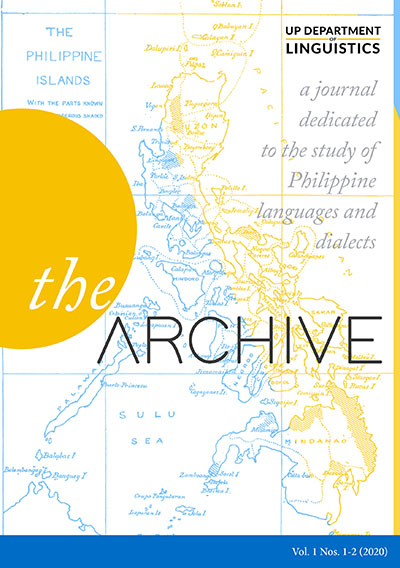Reimagining Panahon: Exploring the Nexus of Time and Weather in Philippine Languages
Abstract
The multiple natures of panahon (‘time’ and ‘weather’ in Filipino) have already been discussed by several scholars. However, past studies focused mostly on Tagalog, with other Philippine languages and subgroupings not dealt with in depth. This study attempts to expand the discussion using elicited data from 12 languages (Ivatan, Ibanag, Ilokano, Ifugao, Pangasinan, Kapampangan, Agutaynen, Rinconada, Capiznon, Waray, Ilianen Manobo, and Saranggani Blaan), as well as lexical items from published wordlists and dictionaries (mostly before the 1900s) related to weather and time in the Philippines. Existing reconstructions of proto- morphemes (at the levels of PAn, PMP, PPh, etc.) will also be taken into consideration. Through contrasts and comparisons, the present study tries to reconstruct further the experiences of subgroups, especially in relation to weather phenomena that are not discussed in past studies.
Analysis of vocabulary items reiterates that “the metonymy of panahon” (and its possible doublet taon ‘year’) for human activities and the “relativity of time” extend beyond the Tagalog ethnolinguistic subgroup. Instances of borrowing, innovation, and semantic change further reveal not only the intricacies of the nexus of time and weather, but also the varying experiences of different ethnolinguistic groups in the Philippines. An example would be the Ivatan innovation/retention of specific words for particular winds. Lastly, it reveals the nature of Philippine indigenous knowledge systems where time and weather are not only connected to each other, but are integrated as one domain.


